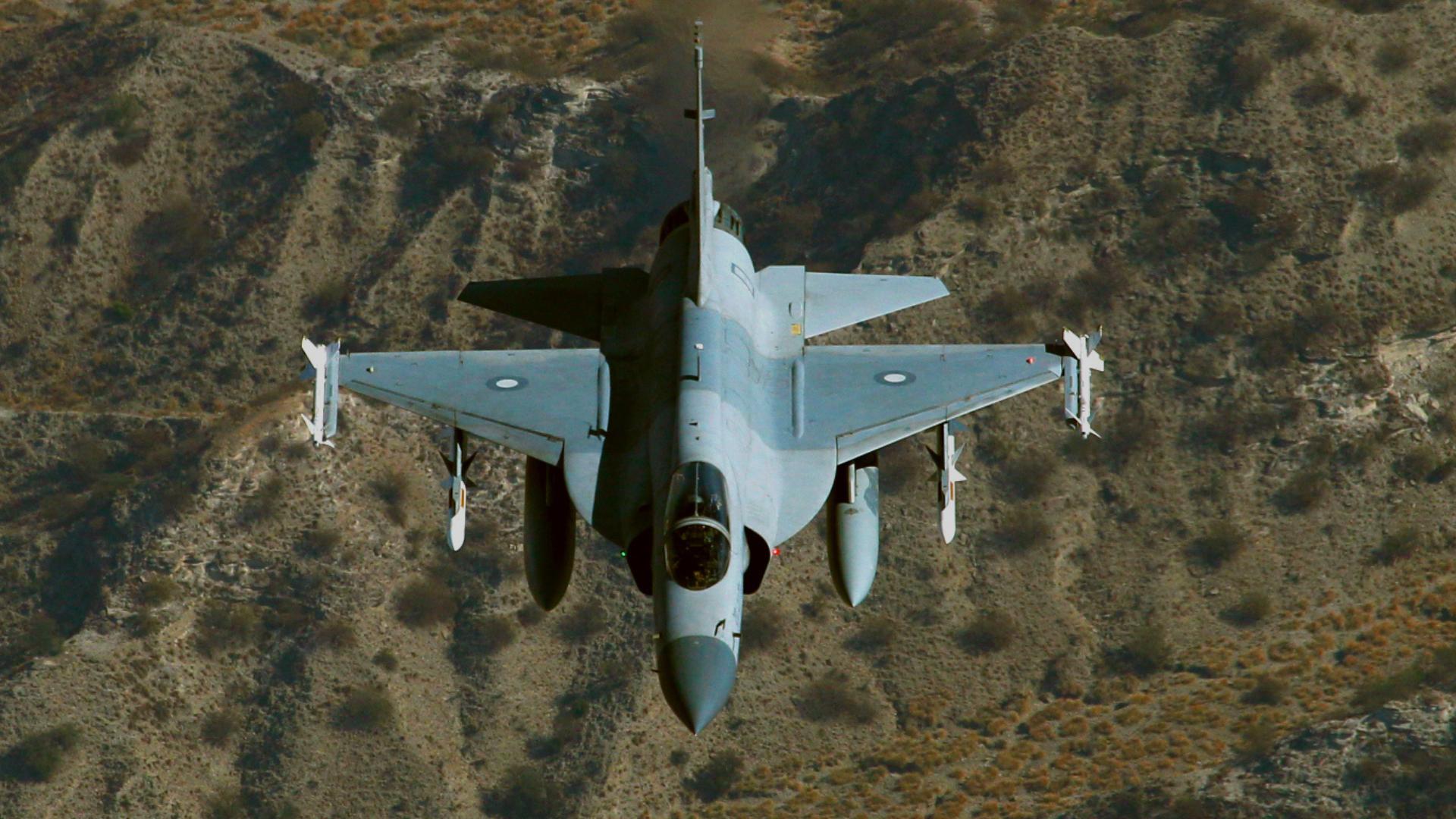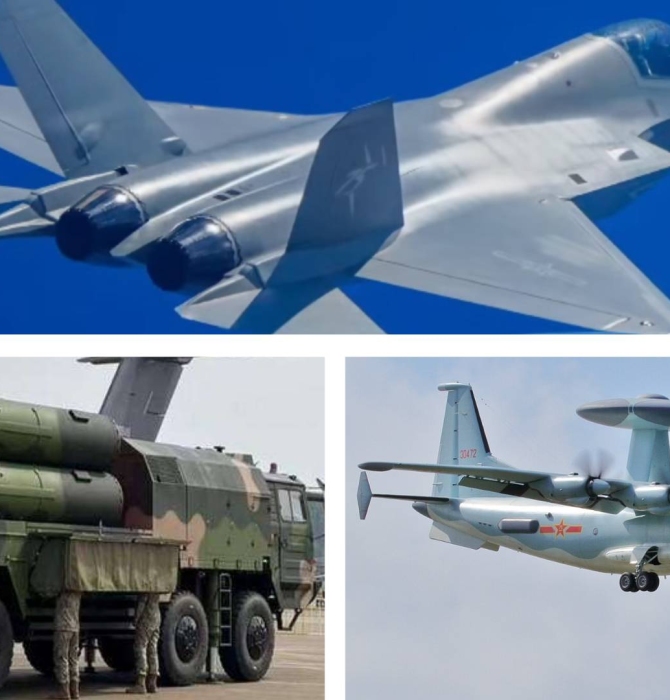3588Views

Defence Uncut | Why Pakistan’s Project AZM Fighter Failed (and What’s Next)
The ambition isn’t new. For years, the Pakistan Air Force (PAF) has pursued the goal of a homegrown next-generation fighter, a vision that crystallized under the banner of Project AZM.
Yet, that ambition collided with a harsh reality. For all intents and purposes, Project AZM has fallen through, quietly succeeded by a new, more ambiguous effort: Project PFX.
This raises a series of critical, uncomfortable questions. Why did a program once touted as the future of Pakistan’s air power fail? Was it a simple lack of funding, or was it symptomatic of deeper, structural constraints holding back the nation’s aerospace industry?
And as the PAF pivots to Project PFX and inducts more J-10CEs (while looking towards the J-35), what is the realistic future for the celebrated JF-17 Thunder?
On the latest episode of Defence Uncut, Aseem Islam and Bilal Khan perform a post-mortem on Project AZM, unpack the realities of its successor in Project PFX, and chart a pragmatic, achievable course for Pakistan’s aerospace future.
Listen to the full episode of Defence Uncut to get the complete, unfiltered analysis.
This isn’t just about one cancelled program. The failure of Project AZM was, as we argue in the episode, a predictable outcome. It was an attempt to take a monumental leap without the necessary foundation. Consider this: at its peak, Project AZM had perhaps 300-400 personnel.
Turkish Aerospace, by contrast, has an estimated 6,000 to 7,000 people working on its own next-gen fighter, the KAAN – a program Pakistan was invited to join from its inception.
The Missed TFX Opportunity
In the podcast, we explore this critical divergence and the story of a major missed opportunity, examining how a lack of industrial capacity, inter-organizational rivalry, and the absence of commercially-driven leadership prevented Pakistan from taking a path that could have put it years ahead.
This reality forces a re-evaluation of the entire ecosystem. Where does this leave the JF-17 program, the bedrock of the PAF’s fleet for over a decade?
While the fighter still has a future, we make the case that its role will become increasingly niche – a valuable asset for specific missions, but not the platform destined to give the PAF the range and payload it needs for future strategic challenges. For that, the focus has clearly shifted to platforms like the J-10CE and, eventually, a true 5th-generation import.
Why Pakistan Should Develop a UCAV
So, what is the path forward for Pakistan’s indigenous industry?
We argue that the answer lies not in another attempt at a moonshot manned fighter, but in mastering the domain of Unmanned Combat Aerial Vehicles (UCAVs).
This is the logical next step. While Pakistan lacks the deep R&D base for a modern crewed fighter, its strategic organizations have decades of experience developing cruise missiles and drones.
A UCAV program is not a consolation prize; it is the most realistic and strategically vital undertaking for Pakistan’s industry.
It leverages existing strengths to build a scalable, cost-effective, and highly deterrent capability that can be produced in the hundreds, if not thousands.
In this episode, we break down:
- The AZM Post-Mortem: A brutally honest look at why the project was flawed in its very premise and couldn’t cheat reality.
- The PFX Reality Check: Why the goals of the new program, while more realistic, may still be disconnected from the PAF’s urgent operational needs.
- The UCAV Imperative: The detailed technical and strategic case for why unmanned systems are the key to unlocking Pakistan’s aerospace potential.
- A Radical Proposal: Why true progress may require a complete overhaul of the current model, starting with the separation of the Pakistan Aeronautical Complex (PAC) from the PAF to instill the commercial incentives and accountability that have been missing for decades.
Listen to the Full Discussion
This conversation moves beyond headlines and press releases to diagnose the core challenges and opportunities facing Pakistan.
To understand the full picture, listen to the episode now.
If you would like to read more about what was discussed in this episode, check out the links below:
- JF-17 to Azerbaijan: Pakistan’s Biggest Defence Export Deal
- PAF’s NASTP Sets Upgrade Path for JF-17 (or ‘PFX Alpha’)
- Pakistan Reveals ‘JF-17 PFX’ Program
If you have any questions, comments, or news topic suggestions you would like to hear us discuss, then send us an email at podcast@quwa.org.


